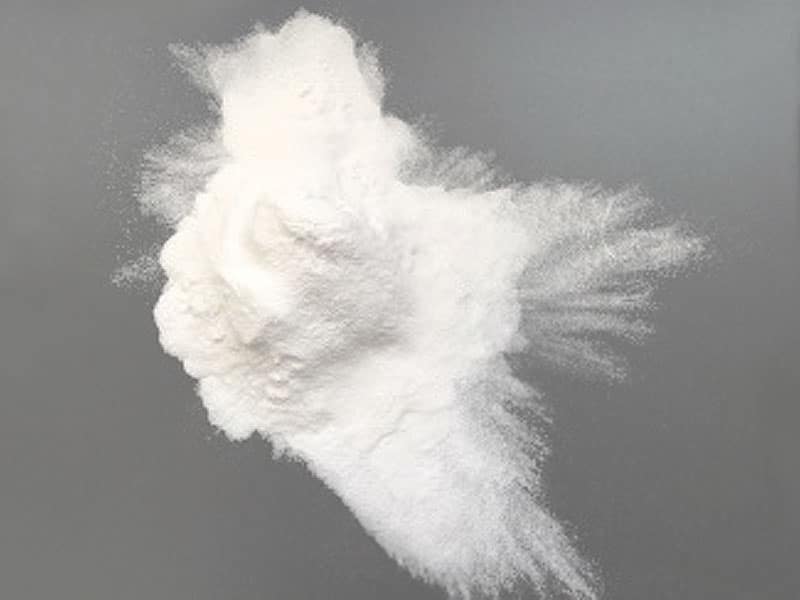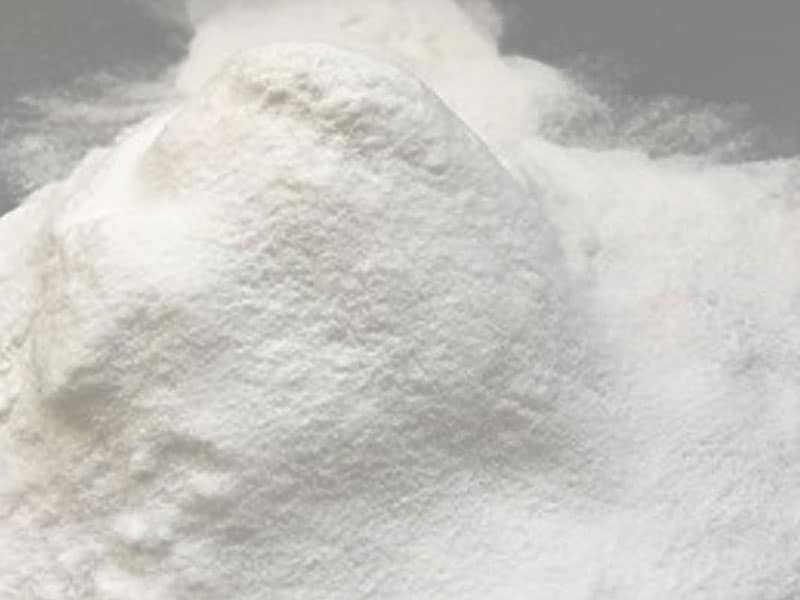Microspheres


What are microspheres?
Glass microspheres are hollow, thin-walled glass spheres made of Alumina Silicate. They can be found in various grades that vary in their crush strength, density, and particle size. In addition, they are used in a wide range of applications.
The microsphere is a raw material that is used in the different production processes.
Some of the advantages of microspheres are the following:
- It favors a better handling during the production of the materials, since it helps to reduce its viscosity.
- They have a higher resistance to stress.
- They provide greater strength and consistency and a reduction in weight in the final products, thus contributing to the reduction in the cost of transporting the products and taxes where applicable.
- Microspheres help improve circulation reducing breakage in mixing, pouring and product drops.

Available types
All the microspheres available at Minerals&Fillers:
Representative Particle Distribution
Retention % by weight (U.S. sieve)
Available types
Microspheres applications
Microspheres are a material with multiple applications in various sectors. In the construction sector, they are used in the manufacture of concrete and cement, as well as for refractory materials. In addition, they are very useful in the manufacture of nautical and aeronautical materials, since they are used for caulking and sealing.
In other sectors, such as coatings and paints, microspheres are an essential component to improve the properties of these materials. They are also used in the production of synthetic and cultured marbles, resins and molds, plasticizers, synthetic woods, and adhesives.
Another interesting application is their use in the manufacture of explosives, since their presence can reduce the density and critical diameter, and increase the velocity and pressure of detonation. In summary, microspheres are a material with a wide spectrum of applications in different industries, which makes them very valuable and versatile.
Coatings and paints
The microspheres are used for thermal insulating and anti-condensing paints with the aim of reducing the density and concentration of paints. Paint with microspheres uses a smaller amount of paint, thus lowering its price. They are also used to make roof and wall coverings, for acrylic sealants and reflective paints for road signs.
Composites
Microspheres are also used to improve the thermal shock index, reduce cracking, warping and breakage, as well as to decrease the weight of synthetic marbles by 25-50%, transportation and formulation costs, and improve impact resistance.
Adhesives, resins and sealants
Microspheres are used in the manufacture of resins, adhesives, and sealants. Its use is due to the fact that it improves the resistance to compression, hardness, resistance to cutting and abrasion of materials, as well as its dimensional stability, reduces density and improves fire resistance and adhesion. These properties make microspheres a useful and versatile component in the manufacture of composite materials and can significantly improve the mechanical and processing properties of the composite.
Plastic compounds
Microspheres are used as plasticizers that are tolerant of high temperatures and improve electrical conductivity. They are also ideal for laminates of sprayed polyester and polypropylene foams.
Synthetic woods
Microspheres are used as plasticizers that are tolerant of high temperatures and improve electrical conductivity. They are also ideal for laminates of sprayed polyester and polypropylene foams.
Cosmetic and medical
Glass microspheres in cosmetics can be used for the manufacture of toothpaste, replacing plastic microspheres which are environmentally polluting and not readily biodegradable.
Supplies
The microspheres are supplied in bags of different weights depending on the type of product requested.
To request a budget that meets your needs on microspheres, please contact us!

OFFICE
Casp, 116, Ppal, 4ª 08013 BARCELONA – Spain
